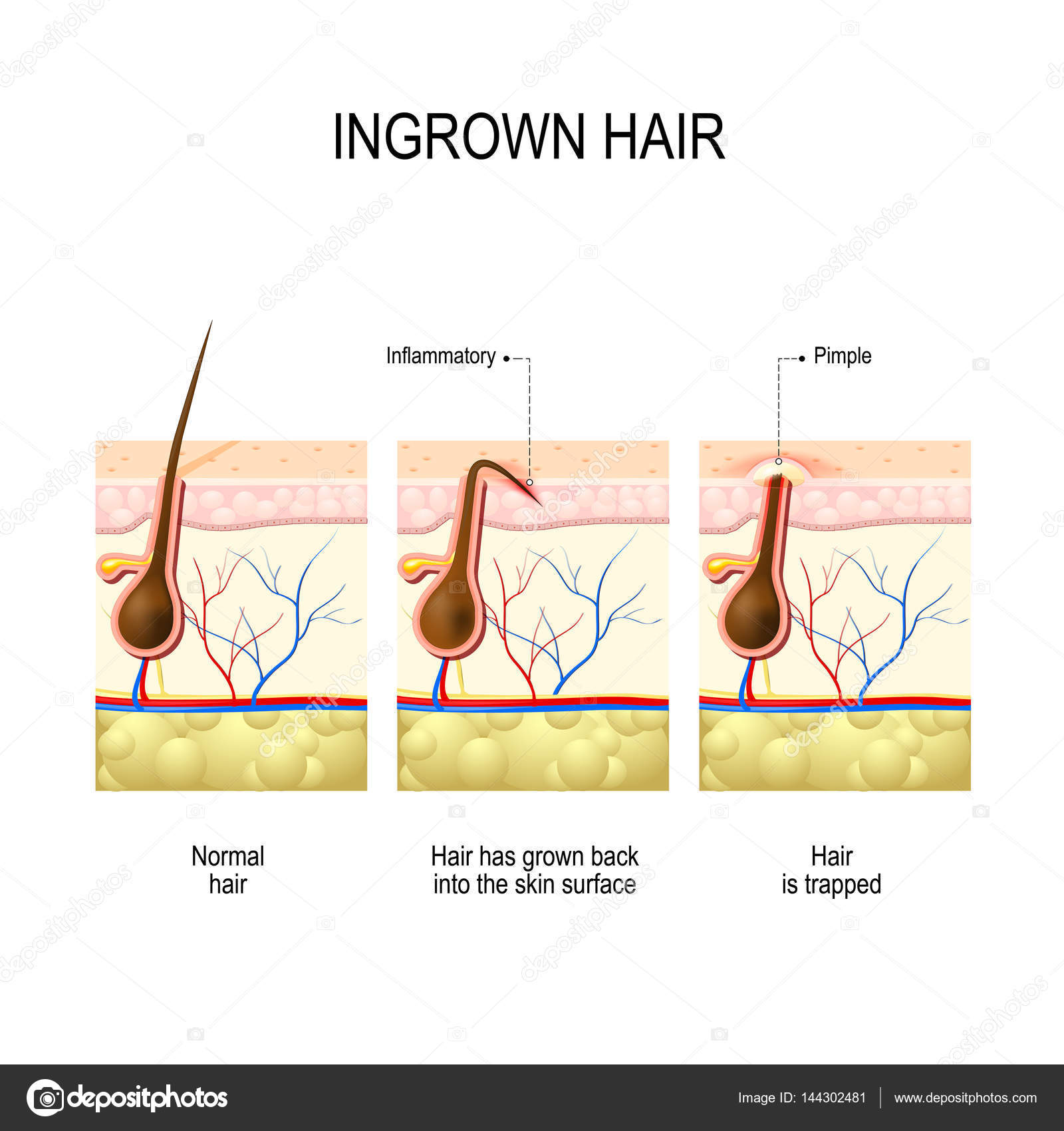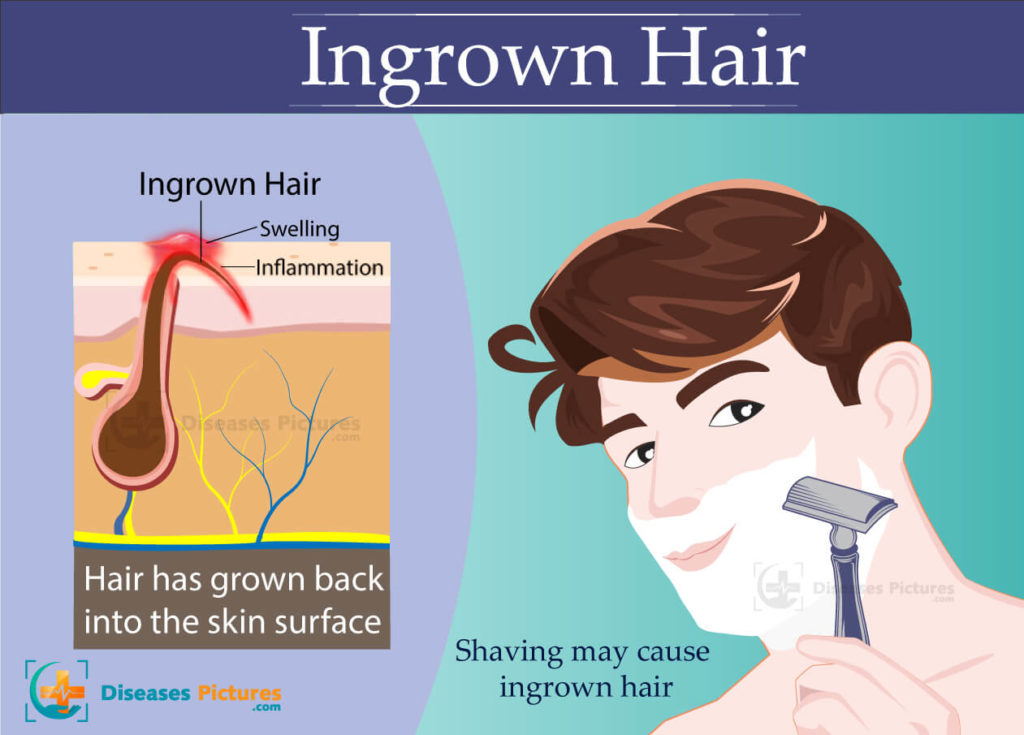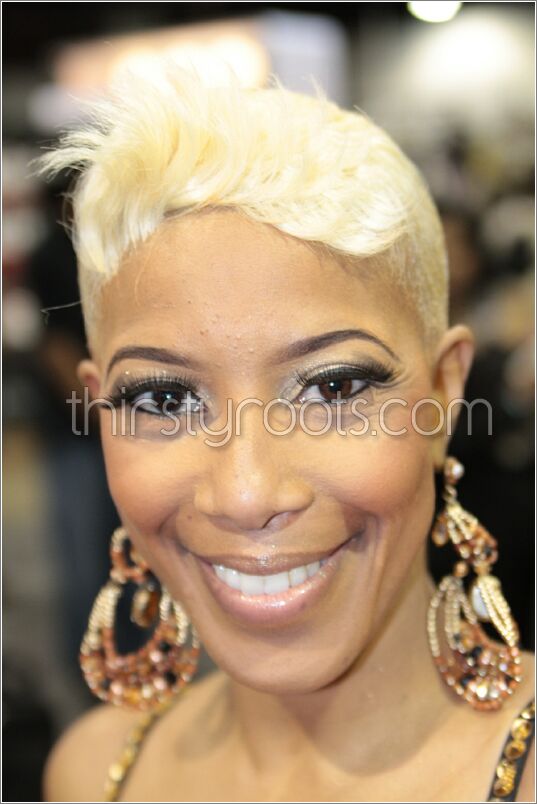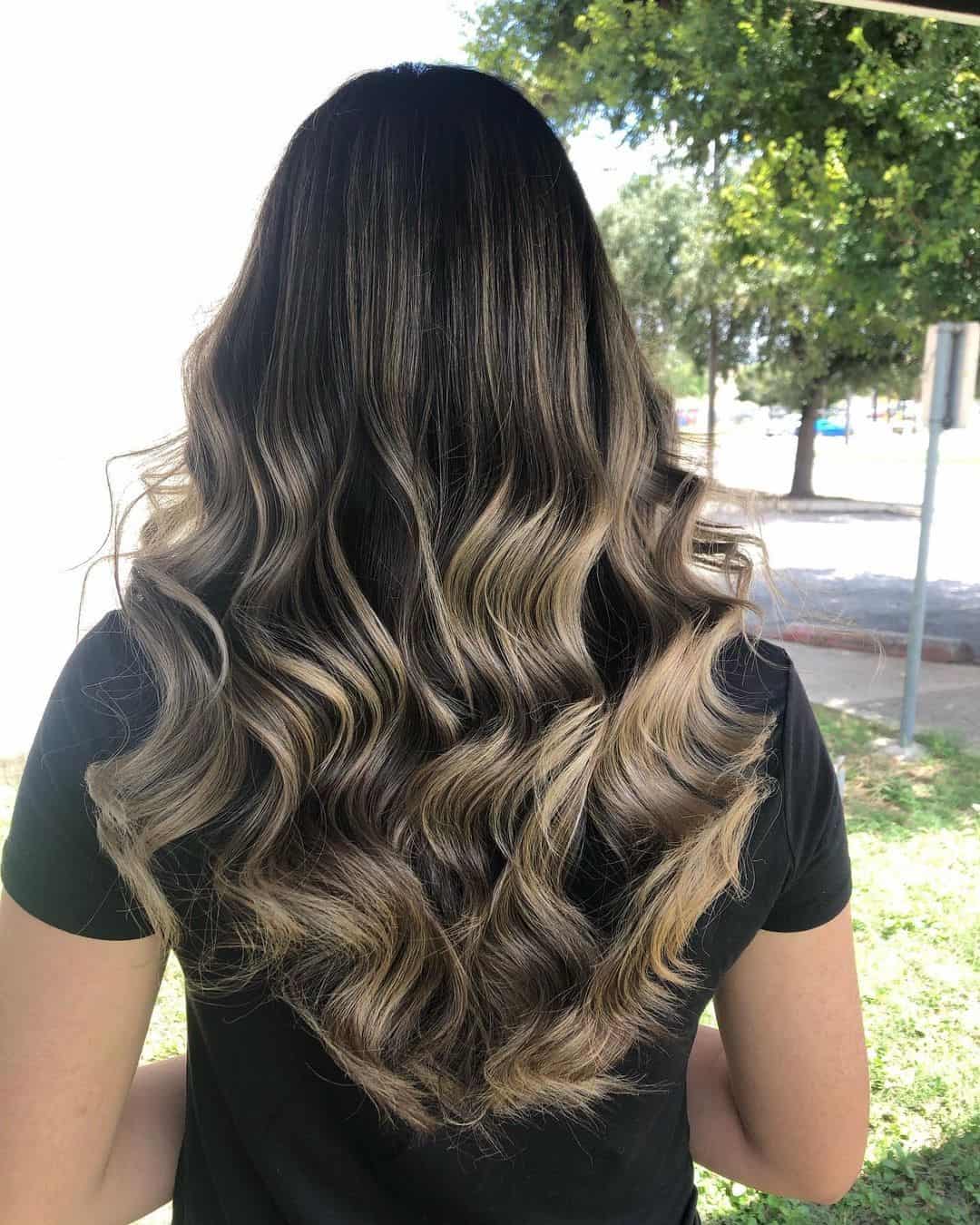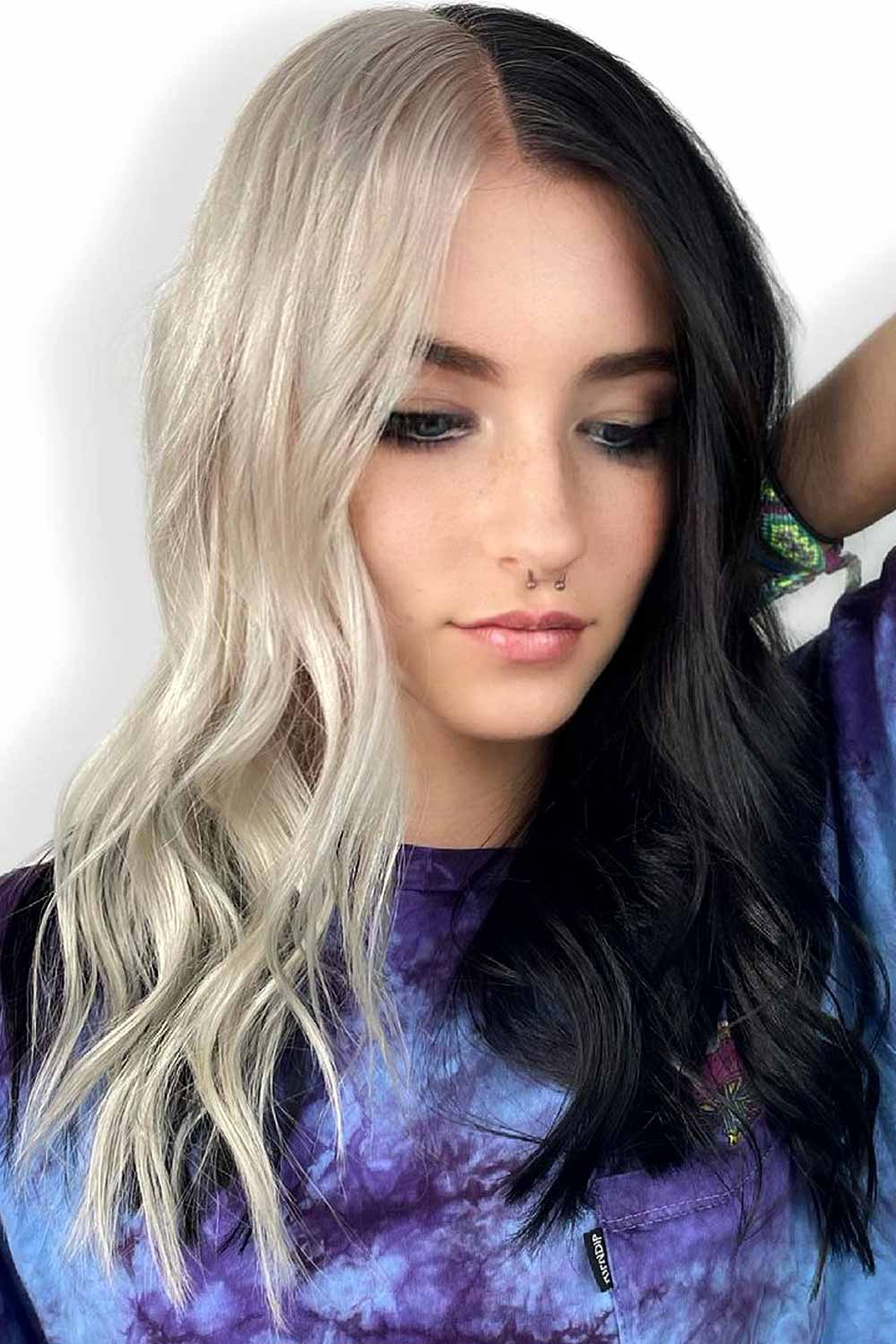
A larger concern is when a cyst becomes infected or a boil suddenly starts affecting deeper tissues. A pimple occurs when dead skin cells, excess oil, and bacteria get trapped inside a pore. As the bacteria multiply, they cause inflammation, and a pimple forms on the skin's surface.
Types
Sometimes, cysts arise from trapped bacteria or inflammatory response to an infection. Sometimes, a person will need medical treatment for a cyst. An infected cyst may make the skin red or discolored, itchy, and tender.
Conditions
If a person wants to remove hair, it may help to switch to a hair removal cream or laser treatment. An ingrown hair looks like an everyday spot or skin bump, varying in size and redness, and it may have swelling. Most ingrown hairs go away on their own if they're left alone and have time to heal. An infected ingrown hair looks similar, but there tends to be more swelling, redness and signs of pus. Preventing ingrown hair infections involves adopting a careful approach to hair removal and skincare routines. An infected ingrown hair cyst or boil is the result of a grown-out hair that has curled back into the skin and become infected.
What is a pilonidal cyst?
When an individual hair grows into the skin, a fluid-filled lump can develop, which may become a cyst. If bacteria or other pathogens enter the skin, an infection can develop, leading to a painful bump. These usually resolve with good hygiene after a few days. If they persist, recur, or are severe, consider speaking with a doctor. Never pick or pop an infected ingrown hair, as this also increases the risk of complications.
As the hair matures, it exits the skin’s surface and continues to grow. But sometimes, the hair grows crooked or curls back under before it has a chance to exit the skin. Keep reading to learn how to recognize an infected ingrown hair, as well as tips for treating and preventing them. Home remedies can often treat ingrown hairs, even if the affected area becomes infected.
Popping the cyst may release the liquid but will not get rid of the sac, and the cyst may grow back. Some cysts can develop deep under the skin, while others occur near the surface, where they can create a white or yellow head. There will be a painful bump and swelling, and you may notice pus.
An ingrown pubic hair cyst is usually no cause for concern. A person may choose to have a cyst drained, or a doctor may make a small incision to free the trapped hair. In the days before your medical appointment, if possible, stop shaving or using any form of hair removal.
Ingrown Facial Hair: Bump, Infection, Cyst, Removal, Causes & Treatment
However, a doctor can make a small incision to free the trapped hair or drain cysts if a person wishes. It will not have a visible head and may be red, white, or yellow. Ingrown hairs in the pubic area can form cysts — sacs of fluid beneath the skin. A person may notice a lump, possibly with a hair visible beneath it. Cysts often go away without treatment, but some require antibiotics or draining.
How To Get Rid Of Ingrown Hair Safely At Home, Per Dermatologists - Women's Health
How To Get Rid Of Ingrown Hair Safely At Home, Per Dermatologists.
Posted: Mon, 31 Oct 2022 07:00:00 GMT [source]
Types of Ingrown Hair Cysts
This may involve other antibiotics that are more effective against infections. Shaving and waxing are the most common causes of ingrown hairs. At first, a person may notice a series of small bumps, which may be reddish and itchy. An ingrown hair happens when people shave or remove hair, and the new one grows and curls back into the skin. Rather than growing from the follicle through the skin, the hair grows inwards. Sometimes dead skin clogs a follicle and forces the hair inwards, or the end of a cut hair can pierce your skin and begin to grow the wrong way.
While waiting for your treatment, you can try to manage any pain you may feel by using a warm compress on the affected area to soothe your skin. You might also feel less pain when using an inflatable seat or mattress. Your provider will start by giving you a full physical examination.
If home remedies aren’t helping and the cyst does not appear to be healing, see a doctor. They can prescribe antibiotics to clear up the infection and/or determine if the cyst needs to be surgically removed. So it’s important to follow a doctor or healthcare professional’s directions.
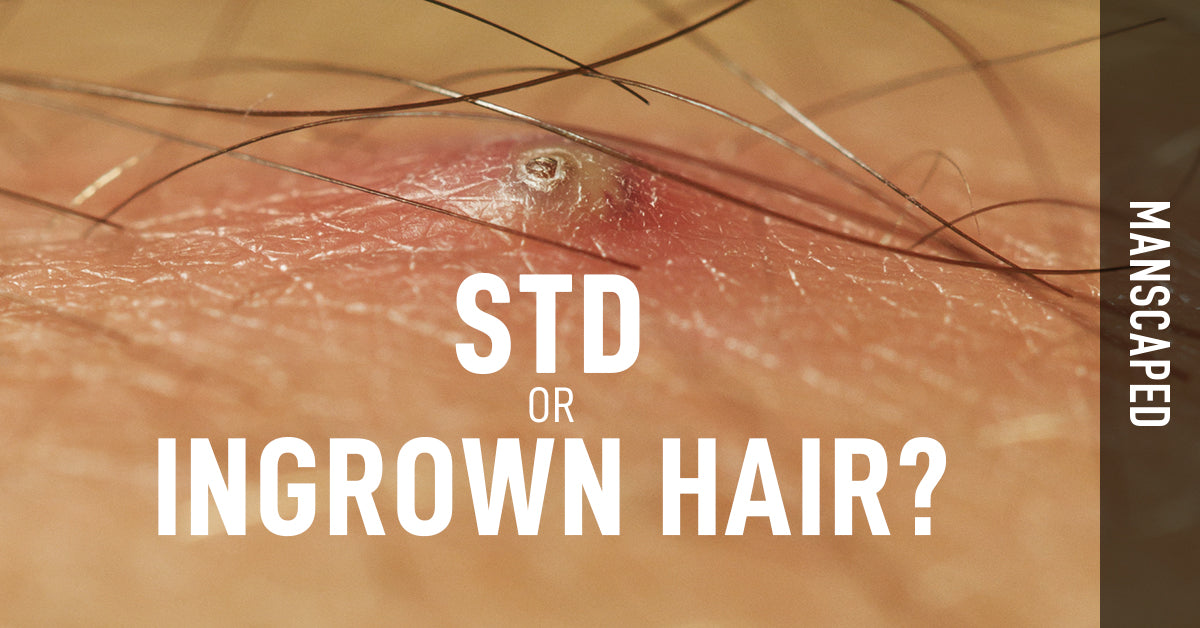
It will make an infection more likely and can lead to scarring. If the bumps or cysts become extremely bothersome — or if they aren’t fading — see a healthcare professional or dermatologist. You can also use an over-the-counter antibiotic cream or ointment on your breast to treat the infection. If it doesn’t go away or seems to worsen, your doctor can prescribe oral or topical antibiotics. There are several different treatments available to manage ingrown hairs on the scrotum.
An ingrown hair is a place where hair has gotten trapped under the skin. It’s not a good idea to pop or squeeze an ingrown hair cyst, as you can introduce bacteria that can cause an infection. The only way you can prevent ingrown hairs from occurring at all is to refrain from hair removal altogether.
There are many different types of cysts that can affect the skin or the underlying subcutaneous layer. It can range from the size of a cherry stone to the size of a walnut, and some grow even larger. The size of a boil may increase quickly as the pus increases within the boil. As the amount of pus increases, pain may become more intense. The two main types of folliculitis are superficial and deep. The superficial type involves part of the follicle, and the deep type involves the entire follicle and is usually more severe.

